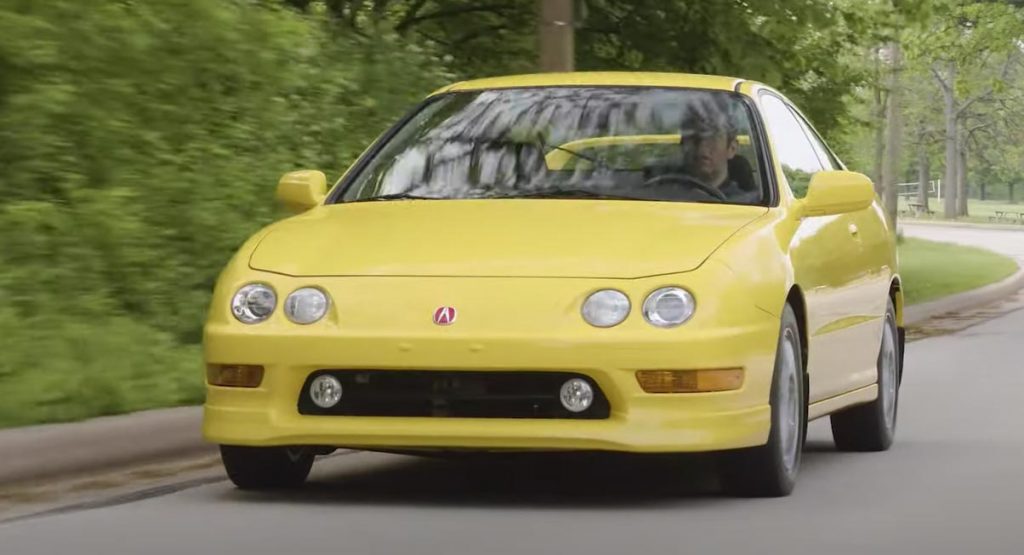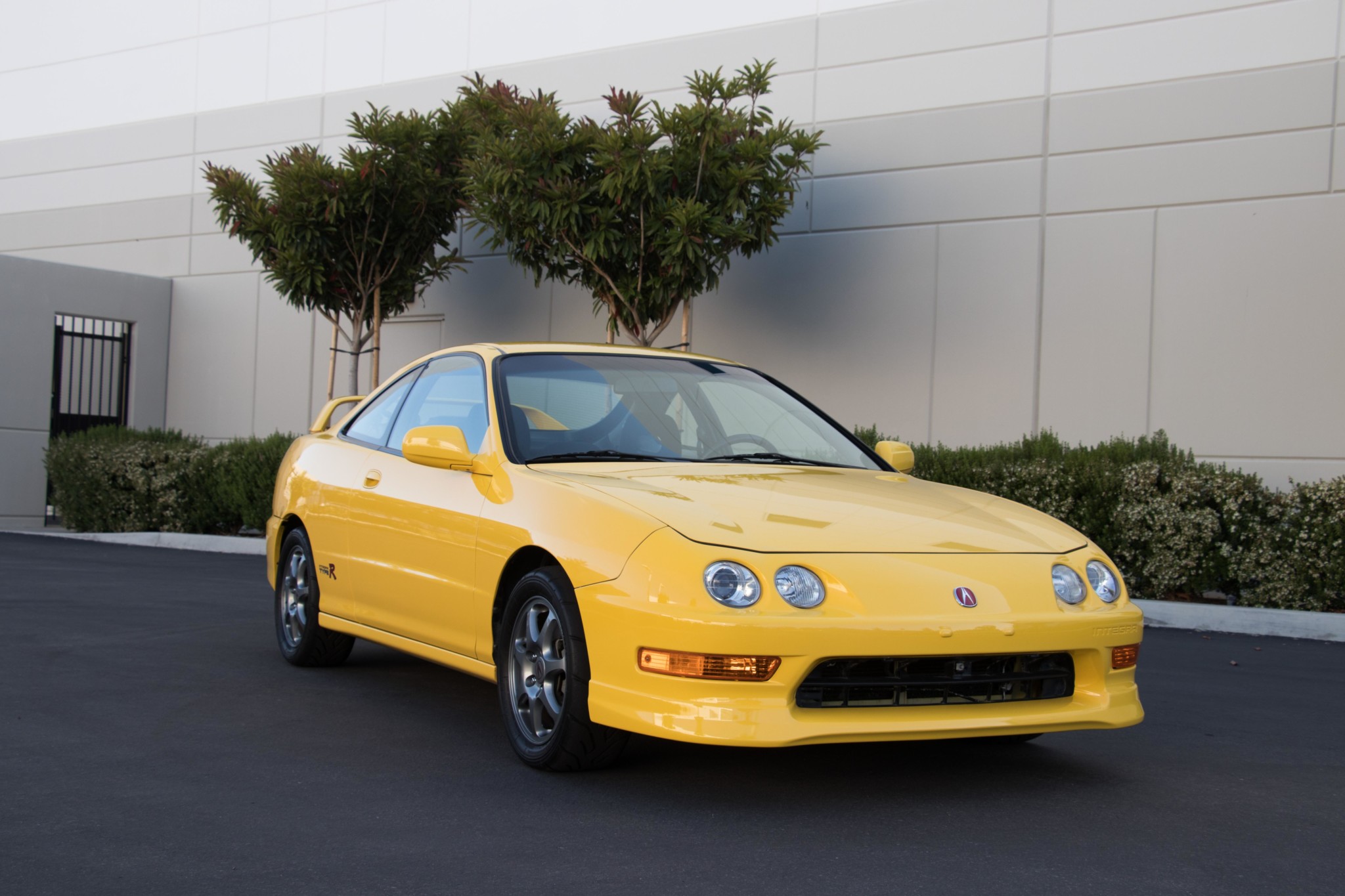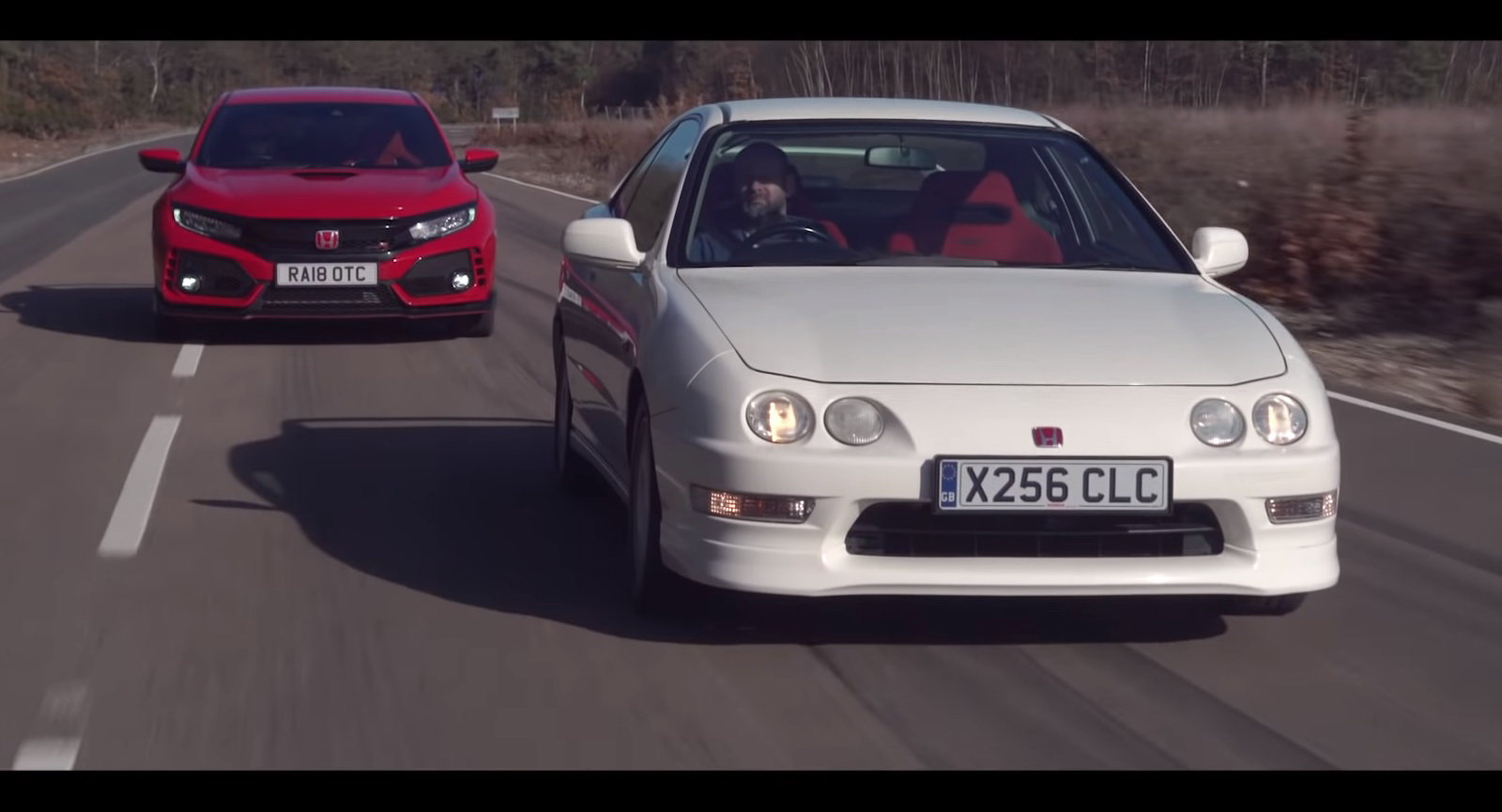If you happen to take a stroll down the JDM side of the car world, you will come across various beliefs and debates around certain brands and the cars they produce. And when it comes to the Honda, the scale can be all over the place.
Any car enthusiast will tell you that Honda and its line of cars have been a very important pillar in JDM history. The ’90s were a busy time for the folks at Honda’s performance car segment, with cars like the NSX, the EK9 Civic, and the S2000 coming from a golden era of Japanese sports cars. But there was one vehicle in particular that stood out from the others, not particularly in terms of power and performance, but character. That car is the Integra Type-R, which wore an Acura badge stateside.
As Hagerty’s Colin Comer mentions, superlatives have been very closely associated with cars ever since their existence. The common belief about the Integra Type-R is that it’s the best-handling front-wheel-drive car of all time, and Comer doesn’t take more than a second to agree. For him, the Integra offers perhaps the most refined FWD experience in existence, and the recipe behind the Integra Type-R is what makes that possible. If a naturally aspirated four-cylinder engine that makes a 195 hp and revs up to 8,400rpm isn’t enough, just wait till V-TEC kicks in.
Read: The Integra Is Coming Back, So What Other Nameplate Would You Like To See Resurrected?
But the DC2 Integra Type-R is so much more. Honda left no stone unturned when it looked to develop this machine, and the result was a lightweight, nimble, lively car that was just a treat to drive. Despite all that, the thing that made this car so special was the V-TEC technology behind it. To put it simply, V-TEC allowed the Integra Type-R to make more HP per liter than the Ferrari 355 of the same era.
If you’re convinced that you need to own one by now, you might want to keep in mind that finding one in original condition today isn’t an easy task, and the value of these cars has either made them fall victim to theft or being rebuilt without some legitimate parts.
The very first thing you’ll want to look at is the VIN (vehicle identification number). All U.S market Integra Type-Rs will have ‘DC2’ in the VIN to represent a twin-cam engine — specific to Integra Type-R. Visually, the car has certain features like the Anthracite ITR wheels, a rear wing, and a slick sunroof, but those are pretty easy to fake, so take it with a grain of salt.
See Also: Acura To Bring The Integra Back In 2022
Another good way to check the legitimacy of the car you are looking at is by comparing the VIN on all parts. You should come across U.S-mandated VIN decals on all of the panels of the car. Make sure to check for matching numbers or signs of tampering. This applies to the parts under the hood as well, as a lot of the parts in that section of the car are susceptible to being replaced.
Inside, you will come across subtle giveaways. An amber backlit gauge cluster that is inspired by the NSX, some Alcantara bolsters, red stitching, a steel gear knob, and most importantly the Integra Type-R build number on the center console. Under the car, the biggest factor to solidify its authenticity is a cross member that has been reinforced with a heavier sway bar and cross brace, a trait specific to the Integra-Type R.
All of this might sound like a lot to go through to own a Honda from the ’90s, especially when you are expected to pay around $70,000 for a concourse-ready example. But for someone who understands the value of owning one of the best examples of an FWD car to ever exist, it seems fair you take a little more time authenticating everything.






